Culinary school was great.
The equipment was new and in endless supply. The kitchens were huge. I got three chef jackets with my name on them — and they all fit me. When I learned to fillet fish, I left half of the flesh on the carcass, and that was OK! My endless mistakes were all in the name of LEARNING.
Maybe it was even worth the $38K I paid for it.
But there are important things I didn't learn.

1. How to politely ask for various pieces of kitchen equipment in Spanish.
In culinary school, we learned French names for things. We were expected to know the difference between a sauteuse and sautoir, a rondeau, and a marmite, and we had both regular and demitasse spoons.
At the time, I remember thinking it was ridiculous. In retrospect, I didn't realize just how ridiculous it was.
The 19-year-old Dominican dishwasher in my restaurant's kitchen barely understands what I'm saying when I ask for a "big pot" in English. Instead of memorizing French terms, we should have learned some basic kitchen Spanish. Pots and pans are cacerolas and ollas, and if you want a demitasse spoon, better ask for a "cuchara pequena, por favor."
And while it's important to always say "Oui, chef," to the boss, you'd better make sure you're saying "muchas gracias" to the prep cook who peels your beets and cleans your scallops every morning before you even get in.
2. How to clean the sh*t out of everything.
No culinary school instructor ever explained that you need to wipe down a flat top with oil after cleaning it to keep it from rusting, but now I know. Other things I did not learn in culinary school: how to empty and clean a fryer, the proper angle at which to hold a deck brush while scrubbing a floor, and how to clean a plancha or a gas range.
A lot of restaurants have night porters who do all of these things (mine included, amen to that), but sometimes they have days off or just don't show up. And on those days, it's the cooks who have to douse the line with degreaser and scrub the sh*t out of everything. And those full compost bins down in the prep kitchen? They don't walk upstairs all by themselves.
3. The essential art of mise en place.
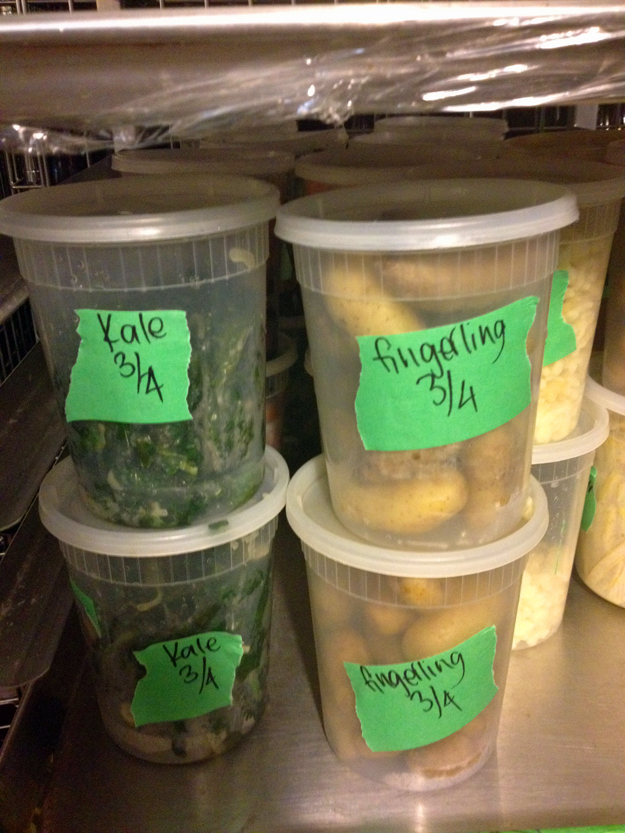
Restaurant cooks don't make a dish from start to finish every night. We use our mise — food that we've washed, dried, chopped, partially cooked, seasoned, and stored in quart containers. And we probably made all that yesterday or even the day before.
At school, we were cooking new things every day, and the finished product either got eaten or thrown away. We didn't really keep any mise en place in school, except during the very last stage of the program, when we worked in the school's restaurant. The few things we did save, we labeled with a ballpoint pen and fancy sticker labels.
Showing up for work to find my mise had been thrown away or used would be like other people finding all their work emails got deleted. So you'd better label it well. I use painter's tape, because it's cheap (green is better than blue, I think, because it's stickier). And you have to write with a Sharpie, not a ballpoint pen. No cook has time to read something that isn't written in Sharpie.
4. How to Vita-Prep everything.
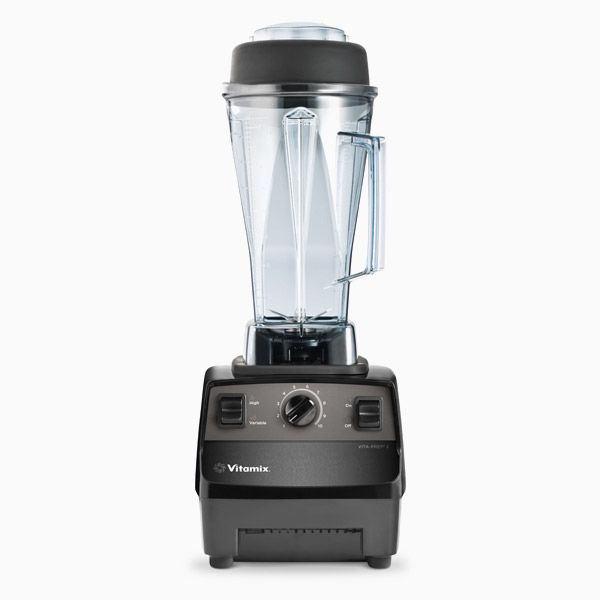
We did a lot of whisking in culinary school. We whisked vinaigrettes and mayonnaise to emulsify the oil. We whisked hollandaise to emulsify the clarified butter. Doing so is a trial in patience and forearm strength, both of which are plentiful in restaurant kitchens. But it's also a waste of precious time. Ginger vinaigrette? VitaPrep it. Caperberry aioli? VitaPrep it. Yuzu hollandaise? Stop screwing around with ridiculous double boilers and VitaPrep it.
The science is the same — you still start with base ingredients and then add oil slowly. The difference is that there is a mega-horsepowered machine doing the mixing. School is about learning, but work is about efficiency. And apart from the 10 minutes everybody wastes at 3:15 every afternoon fighting over who gets to use it next, the VitaPrep is an extremely efficient tool.
5. How to work in a very small space.
In culinary school classrooms — or at least in mine — everyone had his or her own station, complete with an oven, two burners, and ample work space. In reality, i.e., in a New York City restaurant kitchen, you have to learn to make the best of a bad (read: tiny) situation.
Not enough oven space to braise chicken thighs for a family meal? Do it on the flat top. No room on the gas range to fortify pork jus? Do it on a butane burner in the prep kitchen downstairs. Not enough room on a table for that burner? Put it on top of the ice box. When there is absolutely no free surface space, and you really need to cut herbs for service, you might have to ask the intern to quart up stock and organize the walk-in refrigerator, just so you can use his cutting board.
Out of necessity, you try to figure out how to make it work, and for the most part, it does.
6. How wear chef's clothes.
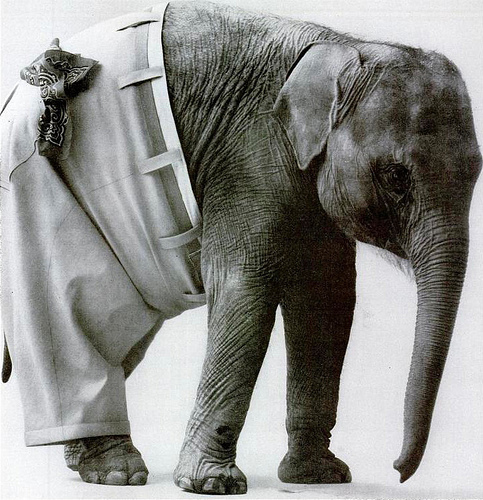
There are upsides to having your own pants and chef jackets in culinary school, namely that both are the right size, and you have complete control over them. The downside is that you have to wash them yourself (womp).
In real life, restaurants have clean linens delivered three times a week in an array of sizes. This sounds like a dream, and it kind of is. There are issues, though.
1) No matter how many small sizes of pants and jackets get ordered, the majority of what comes in is gigantic. Like, large chef jackets and size 38 pants. No one I work with wears size 38 pants.
2) Whatever smaller (read: normal) sizes come in will disappear immediately because the prep cooks get in before the rest of us and hide them.
3) The sizes aren't standardized. At all. Last Tuesday, my pants (size 32, said the label) were so big that I needed to make a belt out of stretched plastic wrap to hold them up, but Wednesday's 34's just needed to be rolled once and they stayed up fine. The large "Regent" brand shirts are actually smaller than the medium "Best" brand shirts.
7. How to fold a blue towel.
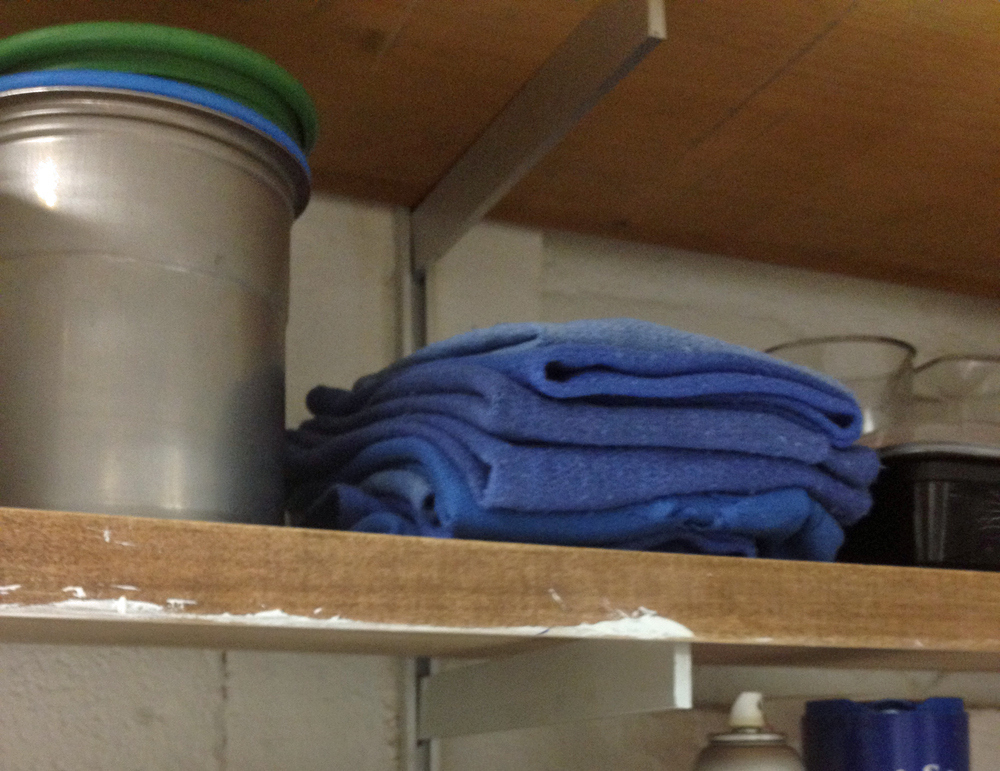
Across, up, and across again. Any other way is wrong. It will be awkward to hold and will come unfolded. And you will burn yourself.
8. How to communicate a complete thought in three words or less.

In culinary school, we asked lots of questions and got lots of answers. We spent as much time talking about food as we did cooking it. During dinner service, though, there's no time to talk. The expeditor calls tickets as orders come in, and everyone knows what to do.
If you need four minutes to cook the agnolotti dish that's going out to table 25 with two cold salads, you will tell the garde manger guy who's making the salads, "Four out 25." When you want the grill guy to move two steps sideways so that you can open the oven door to check your fish, you will say, "oven," and he will move. If there are no sauté pans left on your station to cook your vegetable garnish, say "cacerolas pequenos," and, god willing, someone will bring you a pan. Working four tickets already, and you don't have enough space to work the fifth that just got fired? "On the back" means "I can't start that yet."
Less talking, more cooking. I only wish that had been the case when I took notes from a PowerPoint presentation about various classic French potato dishes.
9. Most importantly, food costing absolutely *is* a thing.
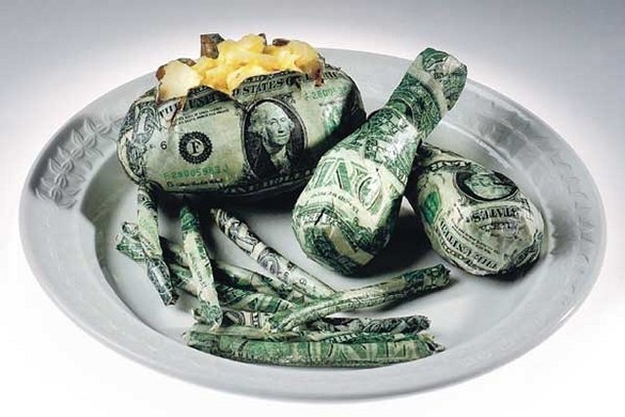
Culinary school tuition is pretty astronomical, and a good portion of it goes toward paying for all of the food that gets wasted (cut improperly, made in too large a quantity, salted to oblivion, burnt). In a restaurant, though, the restaurant is paying you, the cook, not the other way around. And so you damn well better not cut those chives too big, because herbs are expensive. The kale in the walk-in refrigerator is starting to go bad? Cook it today (even though you already have enough cooked and prepped to last until Friday), because if it has to be thrown out, it's on you — not the guy who ordered too much kale. Overcooked a duck breast? No, it is most definitely not OK, and you should start praying that someone orders one medium-well before the end of the night.
